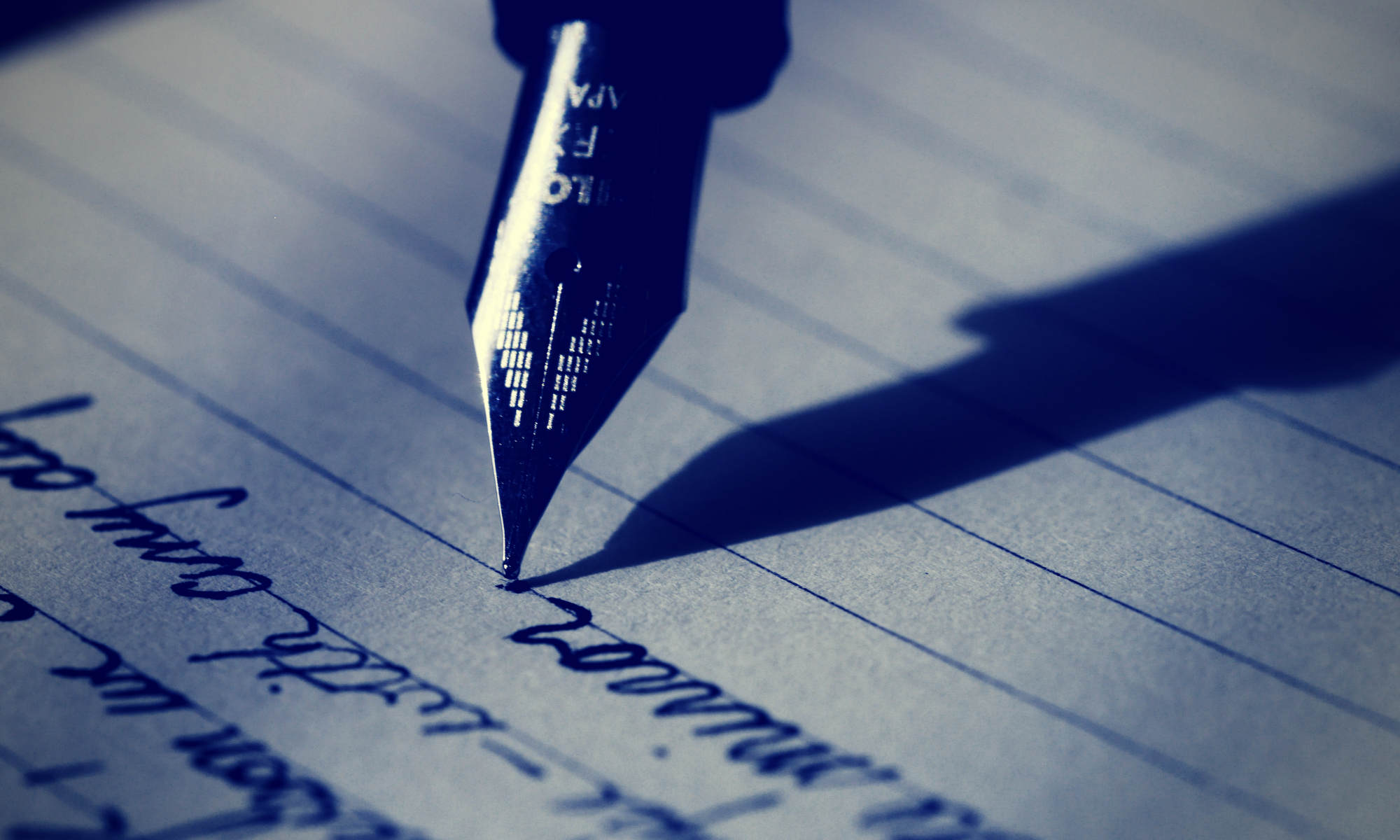
Shapes at Home
A Rookie Toddler board book
Booktalk: The BIG Picture
Familiar photos from around the house help toddlers learn to identify the shapes all around them.
#kidlit Writing Lesson: the small details
There are only four words on the first two pages of this nonfiction board book:
circle
See the circle.
The first shape is named on the left (reverso) page:
circle
The facing page on the right (recto) page shows the shape in a home:
See the circle.
The use of labels and short simple sentences helps toddlers memorize the words and “read” the book by themselves, an important step in early literacy.
It’s Nonfiction Monday!
Copyright © 2016 Anastasia Suen All Rights Reserved.



